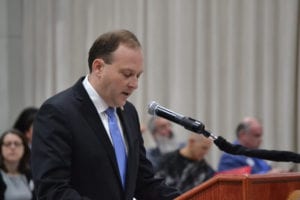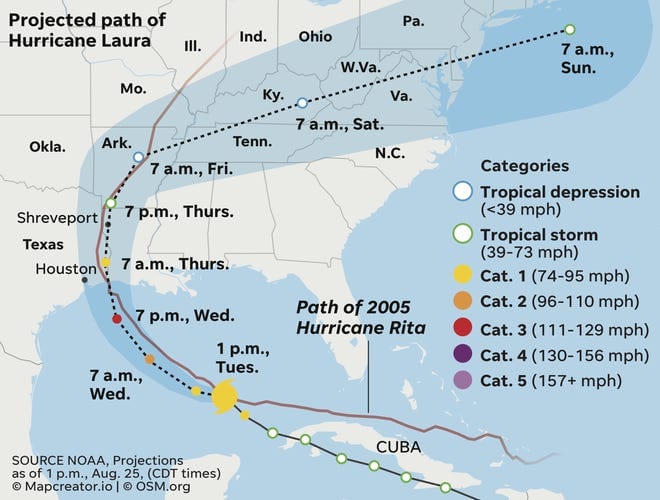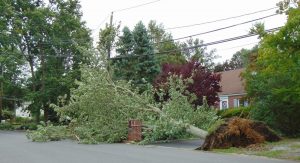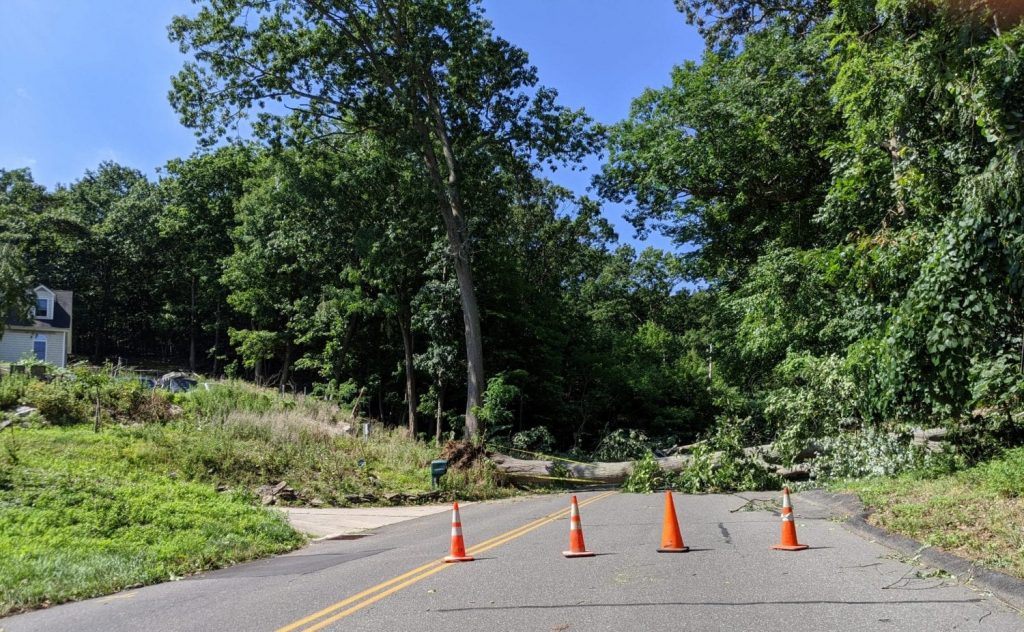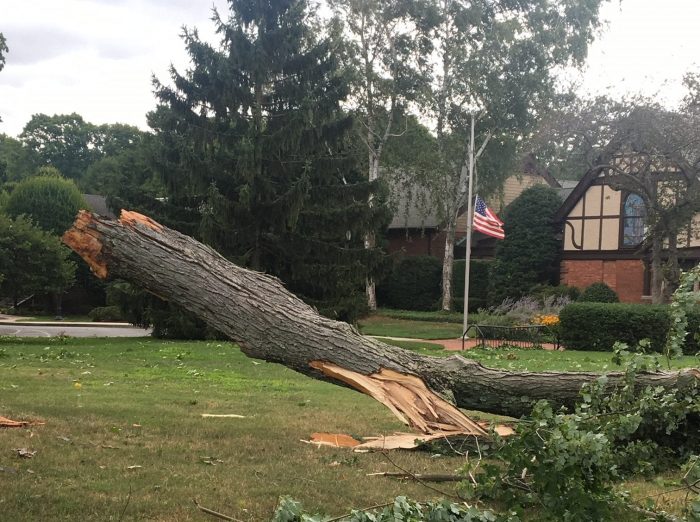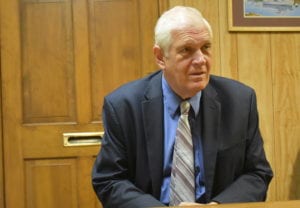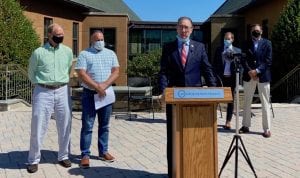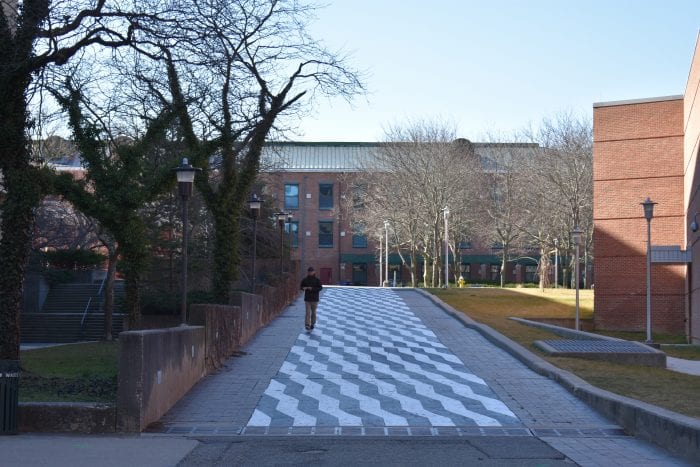Absentee ballots, early voting or voting in person — voters this year have three options to cast their ballots, though two months before election day, some of these methods have come under scrutiny.
The Suffolk County Board of Elections commissioners say they have their hands full trying to make sure everyone’s ballot counts this November, but several advocacy groups on Long Island say Suffolk, New York State and the BOE should be doing more to spread the word.
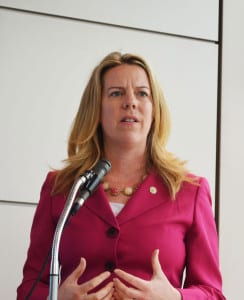
Experts nationwide anticipate numbers like never before will be asking for absentee ballots or doing early voting for this November election.
The two commissioners for the Suffolk BOE, Nick LaLota, a Republican, and Anita Katz, a Democrat, were present at the Suffolk County Legislature’s Ways & Means Committee meeting Sept. 3. While there were multiple problems with the June primary, including that close to 25 percent of polling workers didn’t show up due to the pandemic, the two argued that even with limited resources, they have been making headway in increasing voting access. The number of early polling sites has been increased from 10 to 12 compared to 2019, and Katz confirmed they expect 90 to 95 percent of their poll workers will be on the job come election day Nov. 3.
Suffolk County has also issued an order saying any union employees who wish to work in polling centers for the election are allowed to do so, and will be compensated for doing so.
But the commissioners have also come under fire for where, and where they haven’t, put these 12 early voting locations. For one, Shelter Island, which had an early voting location in 2019, is not currently scheduled for one this year.
Early Voting Issues
LaLota said the decision was based on “how do we do the greatest amount of good to the greatest amount of people,” arguing the numbers of voters in a place like Islip who would have a 20-to-30-minute drive to get to one of these places outstrips the small population of Shelter Island.
Those arguing for a Shelter Island location said the population there who would need to do early voting would have to take a ferry just to get to the mainland. Town of Shelter Island Supervisor Gerard Siller (D) has already sent a letter to the BOE, pleading them to reinstall the early voting place on Shelter Island. Brookhaven Town Supervisor Ed Romaine (R), who once represented Shelter Island as county legislator, also sent a letter to the BOE asking for its return as well.
“Having no on-island early voting location will unfairly disenfranchise many of the voters on Shelter Island,” Romaine said in his letter. “Voting will be particularly difficult for the elderly and the infirmed. There needs to be an early voting location on Shelter Island.”
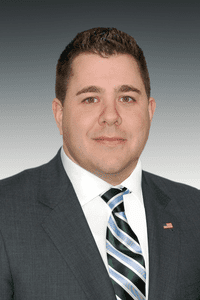
For some officials on Long Island proper, the early voting locations still left something to be desired. Suffolk Legislator Kara Hahn (D-Setauket) was especially miffed about the decision for where the two early voting locations were placed in Brookhaven — one at Town Hall in Farmingville and the other in Mastic. She contended there was a “political reason” to put one on the South Shore in the Mastic/Shirley area, later stating in a phone interview that she was referencing U.S. Rep. Lee Zeldin (R-NY1), who lives in Shirley and faces a challenge by Stony Brook Democrat Nancy Goroff.
“I feel like all of northern Brookhaven got screwed by that decision,” Hahn said during the hearing.
LaLota argued choosing the Mastic destination, along with focusing on other marginalized communities, was based on the number of low-income residents in those areas.
“Equity is the number one issue that gets put to the top, economic hardship people face — people are working two jobs, needing health care or day care, and in the grand scheme of things early voting addresses those economic hardships,” LaLota said. “I would submit to you those economic hardships are best seen in places we chose to put our early voting locations.”
Hahn shot back saying, “There are those communities all over Brookhaven.”
In a phone interview, LaLota vehemently pushed back against the characterization of the decision to put the voting location in Mastic, instead arguing Democrats are focusing on affluent areas like North Shore Brookhaven and Shelter Island.
“I think it’s sadly ironic that a Republican commissioner is the one advocating that we bring voting to people from lesser-off communities,” he said. “I think those legislators need to be a little more introspective and be a little more receptive to the economic needs of all Suffolk County voters.”
Numerous progressive groups from all around Suffolk County signed on to a petition sent to the Suffolk BOE and Suffolk County Executive Steve Bellone (D). The petition argues the location of some early polling places are “puzzling at best,” considering New York State law asks BOEs to consider population density, travel time, proximity of an early voting site to other early voting sites and whether the early voting site is near public transportation routes.
Shoshana Hershkowitz, the founder of left-leaning advocacy group Suffolk Progressives, said last year she and fellow advocacy groups lobbied Suffolk to expand its early voting options. She said at the outset last year, Suffolk’s approach was only the bare minimum with a single early voting site per town. They asked for closer to 21 early polling locations with longer hours at each. Now that Suffolk went up to 12, she said she was happy to see more available, but at the same time was disappointed at the one removed from Shelter Island.
“It’s what our budget priorities should be,” Hershkowitz said. “We should be looking to add another polling location or two — it’s a question of the political and financial will.”
In a phone interview several days after the legislative hearing, Hahn argued, considering the general geographic size of a town like Brookhaven, that it would need five early polling locations to be truly equitable, but that it could do with three. If the BOE truly needed more money for more early voting locations, Hahn argued they should have made that explicit to the Legislature before now, especially seeing the cost of one of these locations is about $50,000.
LaLota said the BOE approached Suffolk for more funding for more early voting locations last year and was rebuffed. According to budget documents, the board of elections requested $21,384,480 for 2020 but instead received $20,304,177.
Though the Republican BOE commissioner said in terms of any new early voting locations, “That ship has sailed.”
“It’s a matter of staffing,” he said. “I don’t have the employees to open up new sites. Even if somebody funded us with $100,000 tomorrow, I don’t have the employees to staff the polling place.”
Getting the Word Out on Early Voting
With only a little over 17,000 people in 2019 taking advantage of early voting, more people are asking that officials work to get the word out.
The BOE has plans for a countywide mailing that will go to every household explaining the three ways that people will be able to vote: absentee, early or in person. That mailing should be out around mid-September, the Republican commissioner said.
Hahn was also critical over the positioning of the absentee ballot on the BOE’s website, saying one has to navigate through multiple links before coming upon the New York State’s absentee ballot form. She argued the BOE should look to put a larger, bolder text button on the BOE’s landing page that takes people directly to the absentee ballot form.

Katz, the Democratic BOE commissioner, argued they are somewhat constricted by having a page that works off Suffolk County’s template, and they’re not able to bring a set of buttons directly to the top of the page. In terms of a social media campaign, the commissioners argue they don’t have the resources to pull that off. There is currently no Facebook or Twitter page operated by the BOE itself.
The progressive groups’ petition also argues for a stepped-up communications campaign from both the BOE and other county officials. They point to Westchester County, which pledged to use the county’s communications team to publish information for people of when or how to vote.
Sue Hornik, a representative of Advocacy Group South Country Unites, one of the proponents of the petition, said she was disappointed to hear the BOE did not have any plans for instant communication with residents online. She said the whole of Suffolk government should make a concerted communications effort countywide to emphasize the availability of early voting.
“If they don’t get out the word on early voting and make people understand they have an option — and so everybody votes either absentee or on election day that would be unfortunate.”
Fellow activist Hershkowitz also advised the importance of letting people know their options.
“My hope is that people would really take advantage of it,” the Suffolk Progressives founder said. “There’s just a lot of mistrust in government, and the more transparent and accessible we can make it seem to the public, then we can perhaps regain that trust.”





